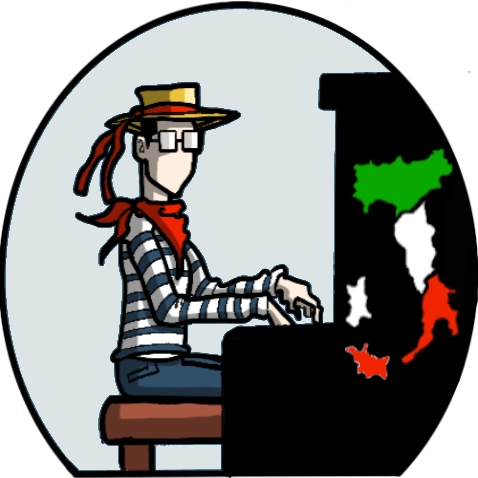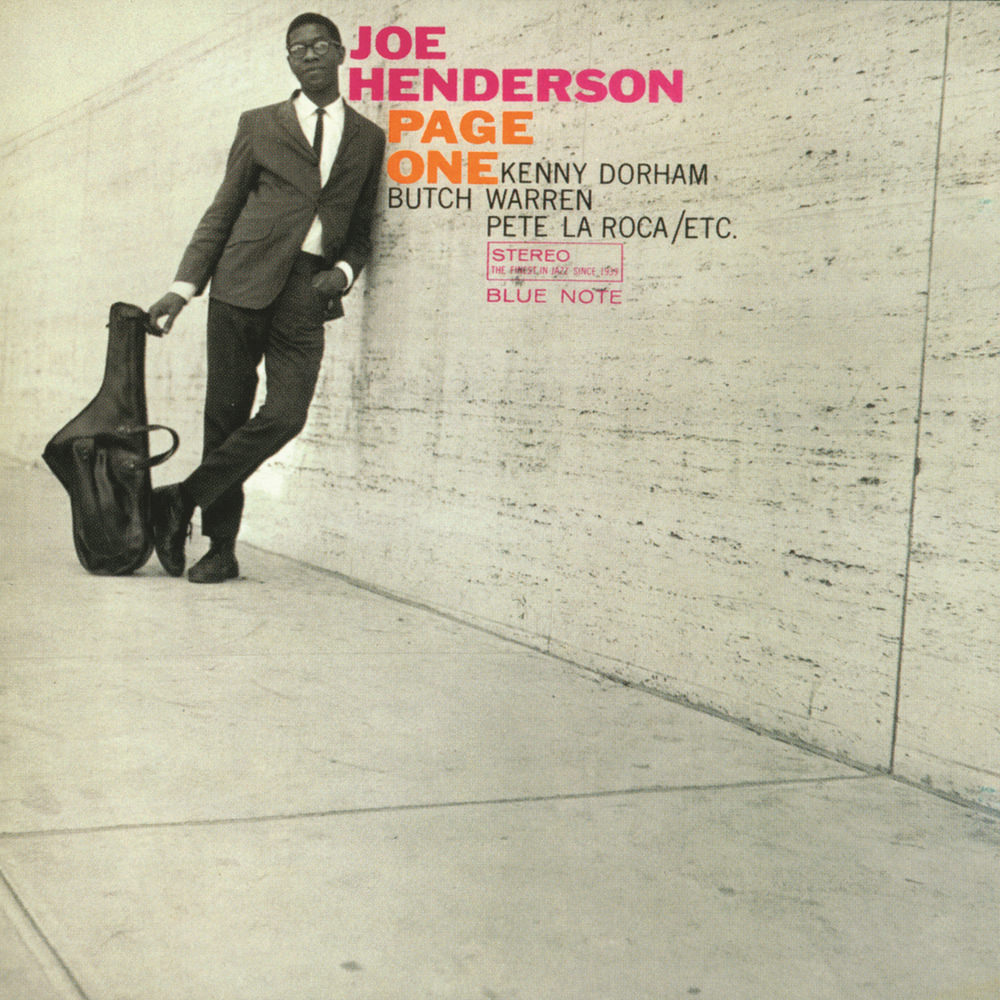[Monday Notes no. 113] Blue Bossa is one of the simplest pieces in the jazz repertoire and one of the most popular among beginners. Yet the author Kenny Dorham himself did not take it too seriously, to the point that he only recorded it once. Joe Henderson, on the other hand, liked the piece and continued to play it after its first recording. So let us listen to and analyse the first version of Blue Bossa.
Blue Bossa is the opening track on Joe Henderson’s album Page One, released on the Blue Note label. It was 1963 and a year earlier Stan Getz’s album Jazz Samba had popularised Brazilian rhythms among jazz musicians.
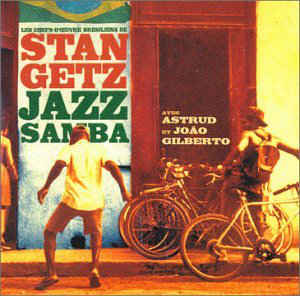
The Blue Note label asked its artists to open the album with a catchy piece, which is why Kenny Dorham composed Blue Bossa. Despite its title, the piece has very little Brazilian about it, certainly not the harmony which, with its movement on the 1st and 4th degrees, in the first part resembles a minor blues.

The bossa nova repertoire uses longer and more articulated musical forms and a much denser harmony, for example it is difficult if not impossible to find a piece by Antonio Carlos Jobim that uses a harmonic sequence of 16 measures only.
In the second part, the piece modulates to the key of D♭. This is perhaps the most original and interesting feature of Blue Bossa, which touches on two tonalities at semitone intervals, the first minor (C minor) and the second major (D♭ major).

The sixteen measures of which Blue Bossa consists are easy to remembeer and offer the jazz musician more than enough material to improvise, in a context of great simplicity. In fact, even the most absent-minded beginner, if he loses his way, can easily find it again in measure 9, when the piece modulates to the major mode.
Even the theme has little Brazilian about it. It is in fact a hard bop melody, with the descending movement that is typical of the blues and a dissonance, #9 at measure 6, played in a straightforward manner, without those typical chromaticisms which characterise Brazilian music.
The interlude that trumpet and tenor sax play in unison at minute 5’43” also has a distinct jazz feel, with the phrases anticipating the following measure by an eighth.
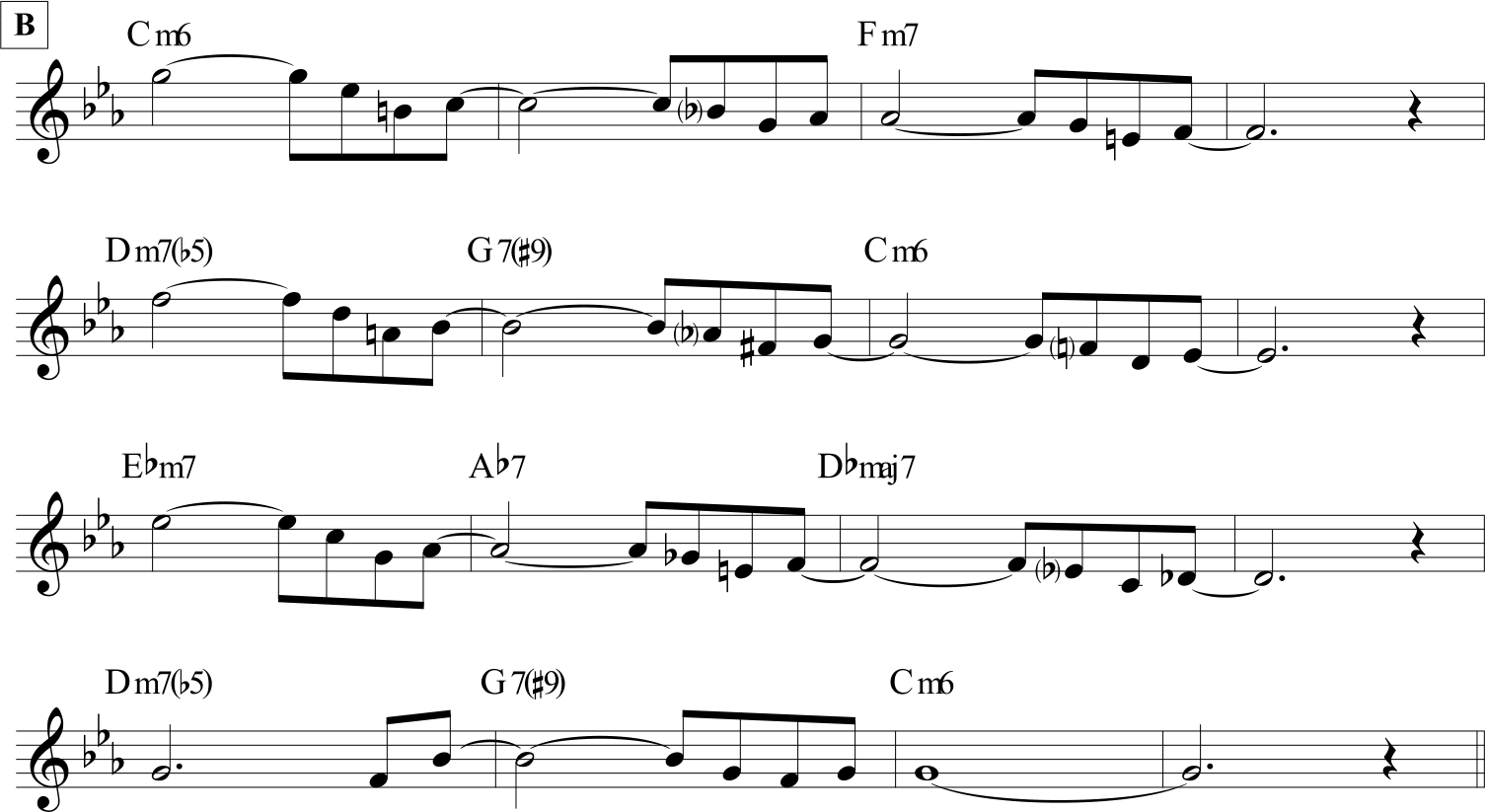
Overall, Blue Bossa is more suited to a Latin jazz interpretation, Caribbean rather than Brazilian. Just as American musicians often confused Italian mandolins, French musettes and Sirtaki into a generic ‘Latin sound’, it should come as no surprise that musical styles as far apart as samba, bossanova, salsa and bolero were also often mixed.
However, there are exceptions, for example Dizzy Gillespie was a connoisseur and performer of Cuban music, just as Stan Getz knew and played the Brazilian repertoire very well.
Although it does not respect the typical canons of Brazilian music, Blue Bossa nevertheless remains a fun piece to play and invariably puts together musicians playing together for the first time.
A brief autobiographical note: the first time I stepped onto a stage to play jazz music, it was at the invitation of a more experienced saxophonist who wanted to give me the thrill of playing with professional musicians. Needless to say, we played Blue Bossa.
Until next Monday
Useful resources
- Download the lead sheet of Blue Bossa (Kenny Dorham)
- This song is part of the list How to Learn 100 Jazz Standards
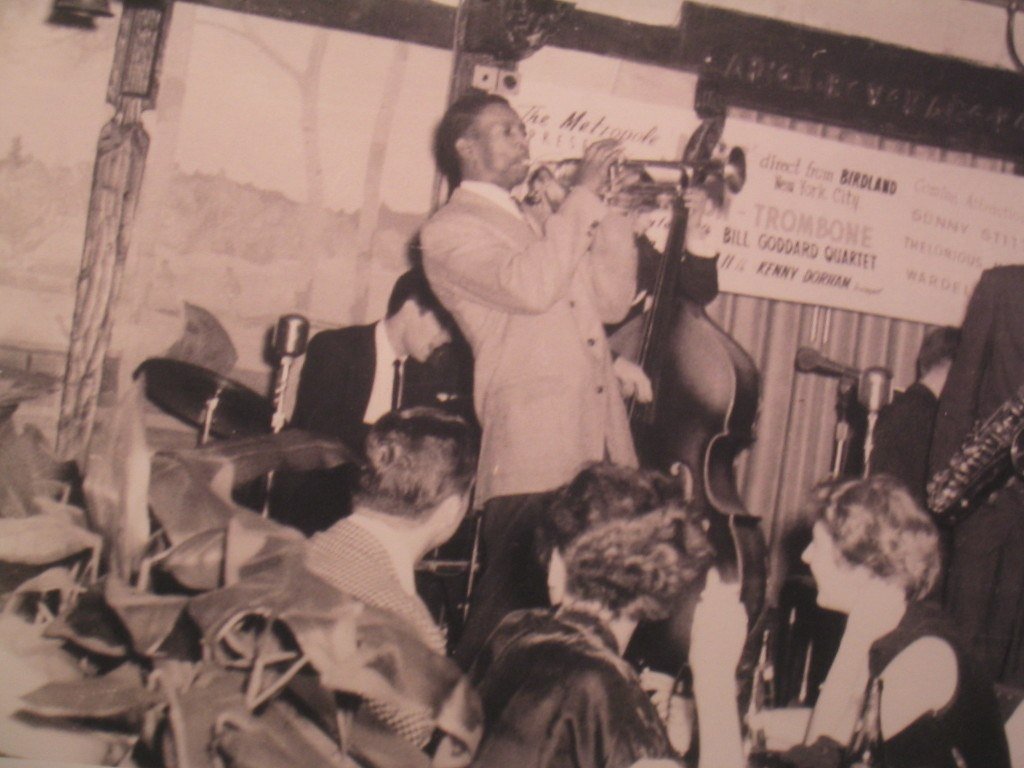
asd
